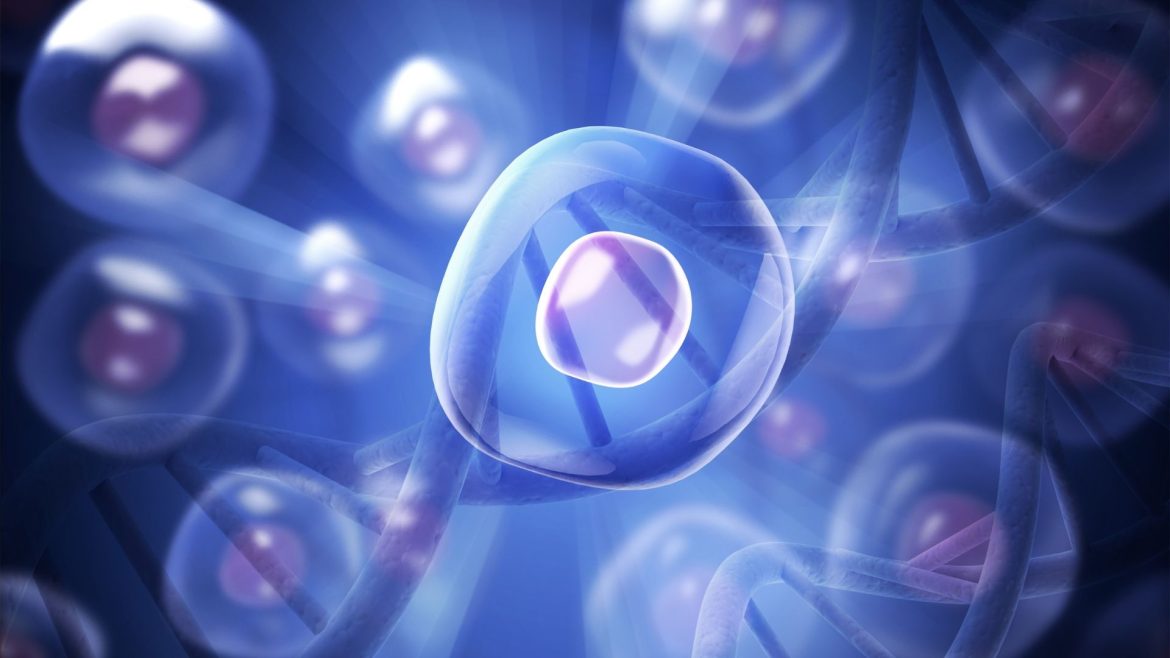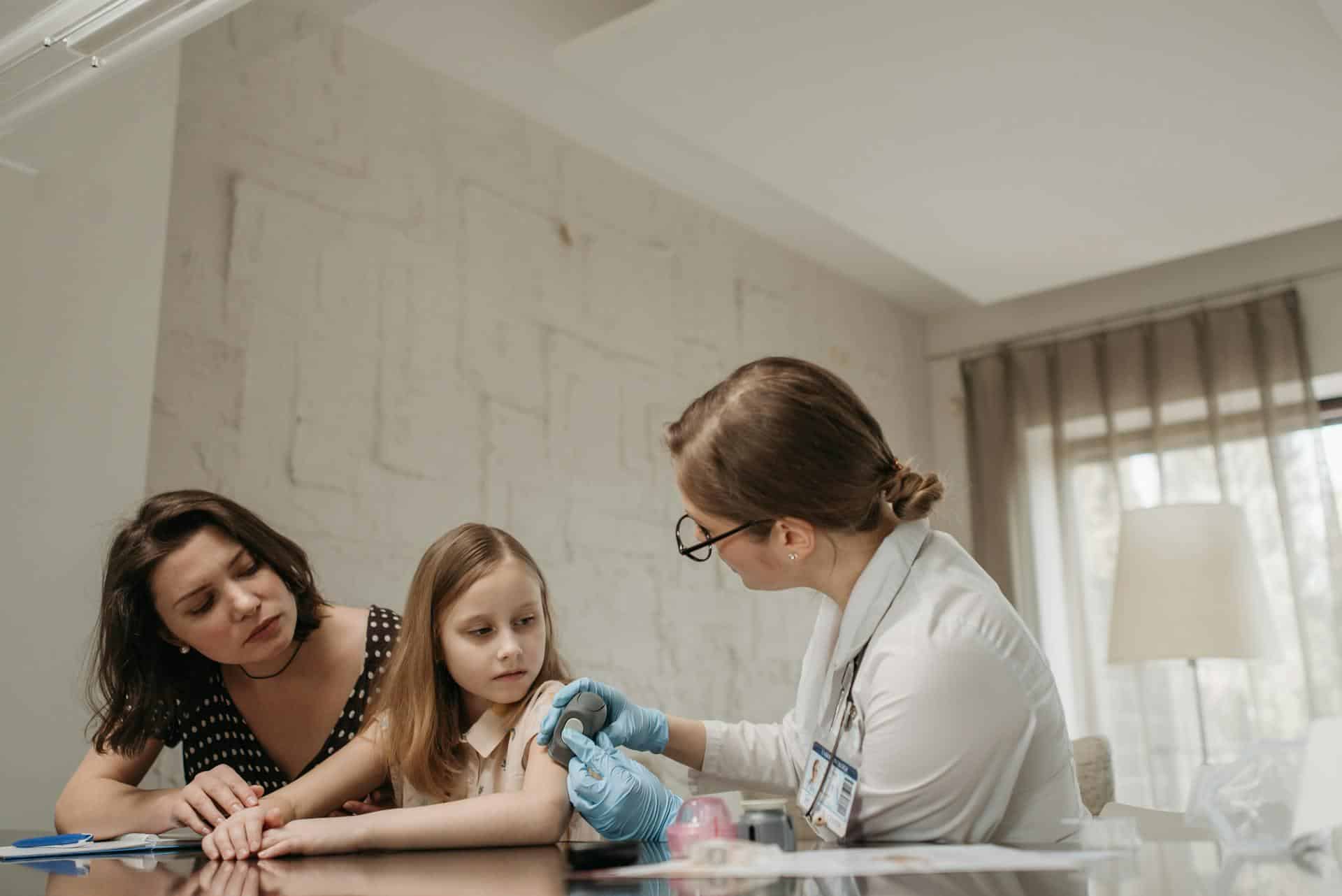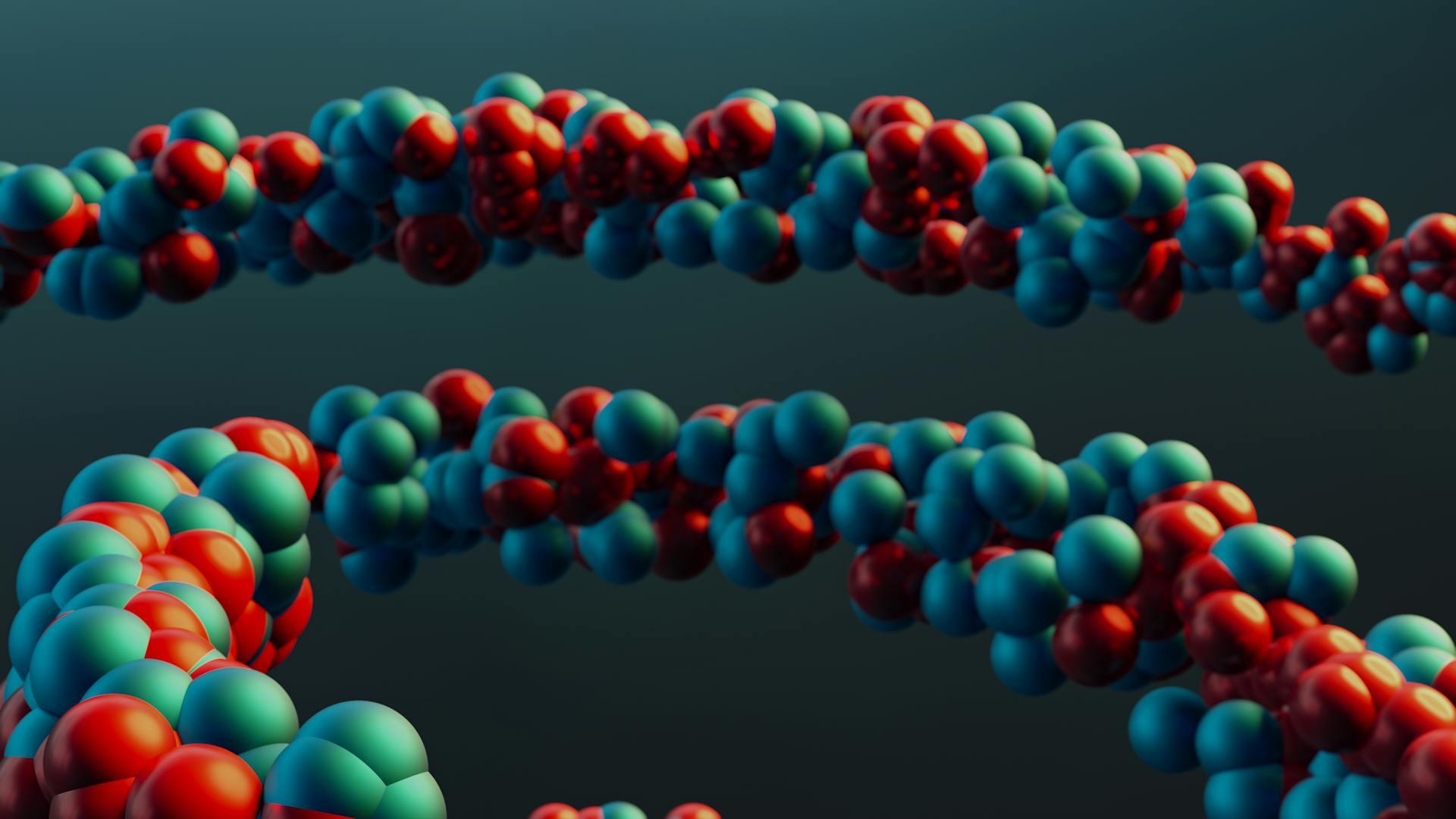Stem cell research is changing the field of today’s medicine. It brings forward new and hopeful chances to tackle some of the toughest health problems, especially in pediatric medicine where complex diseases that usually cannot be treated represent serious threats to young individuals.
With the World Health Organization’s report showing about 6% of kids globally are born with congenital conditions, this makes it critical to find new solutions. The present medical treatments for most of these problems do not exist or have limited options. In that case, stem cell research brings some hope and proposes to overcome these difficulties transforming child healthcare completely.
Researchers are looking for new treatments by studying the possibilities of stem cells. Many children and their families could see their lives transformed through these therapies.
The Importance of Cell Line Development
The development of cell lines is a very important part of medical research, especially to advance in pediatric medicine. Making steady and reproducible cell lines is vital to studying diseases, simulating genetic disorders and checking new treatments.
However, it’s also important to find a partner that offers extensive cell line development services to help researchers create reliable models for understanding how conditions develop. Such services offer a well-managed space to look at potential treatments and also speed up scientific improvements. Without efficient cell line development, progress in stem cell research would be significantly hindered. So, these services are very important for new medical improvements today.
Treating Genetic Disorders in Children
The study of stem cells demonstrates huge possibilities for the treatment of genetic illnesses in young ones. Many children’s diseases come from changes in their genes. These gene changes can affect many parts and systems of the body differently. Stem cells have the unique ability to transform into any kind of cell. This feature makes them ideal for repairing or replacing damaged tissues.
For example, stem cells could be used for regenerating heart tissue in children with innate heart issues. They might also be used to bring back function in kids who have neurological conditions. The potential uses are vast and they continue to grow as scientific studies progress.
Advancements in Blood Disorder Treatments
Research on stem cells has an impact on a different field, which is the management of blood disorders. Commonly, children are affected by conditions such as sickle cell disease and thalassemia. These problems influence the production of healthy red blood cells.
Stem cell transplants are being used successfully to deal with many conditions. During this procedure, the patient’s body receives an infusion of healthy stem cells that later mature into healthy blood cells. This approach could possibly cure some blood disorders. It offers optimism to kids who would otherwise suffer lifelong health problems.
Stem Cell Therapy for Pediatric Cancer
Cancer is also a primary area of stem cell research in children’s healthcare. The cancers that appear during childhood, including leukemia, normally present serious challenges and are hard to cure. Common therapies like chemotherapy and radiation could result in harmful side effects. However, stem cell treatment offers a more concentrated approach.
Scientists are looking at how stem cells could be used directly on cancer cells. This might decrease damage to healthy tissues and make therapy more effective. In some cases, the use of stem cells is for rebuilding tissues that have been damaged because of cancer treatments. This combined method displays considerable possibility for improving outcomes in child cancer patients.
Regenerative Medicine and Its Potential
Regenerative medicine—powered by the progress in stem cell research—promises profound changes for children dealing with severe injuries or innate malformations. The same stem cells renowned for differentiating into diverse cell types, are a promising means to regenerate or replace damaged tissues and organs. Scientists use these powerful stem cells as a tool to repair physical damage and enhance overall quality of life, providing young patients with a chance towards healthier and more satisfying lives.
Stem cells possess the power to generate new skin for individuals who survived burns and they are also beneficial in mending damaged cartilage or bones. Some researchers are studying if it is possible to cultivate complete organs using stem cells. This could become beneficial soon when managing with critical scarcity of organ donors for kids needing transplants. Though these applications are still under research, they show notable progress in the medical science field.
Ethical Considerations in Stem Cell Research
Ethical aspects are very important in the research of stem cells. The use of embryonic stem cells has started a strong debate. However, improvement in technology led to the invention of induced pluripotent stem cells (iPSCs). These cells are generated by reprogramming adult cells to function like stem cells. This takes away the need for using embryonic stem cells in plenty of situations.
iPSCs have opened up new possibilities for both research and therapy. They also tackle various ethical issues related to stem cell research. This has allowed the field to advance with more support from the community.
The Future of Stem Cell Research in Pediatrics
The outlook for stem cell research in children’s healthcare is promising. Scientists continue to find inventive methods to utilize the potential within stem cells. The teamwork between researchers, medical professionals and organizations that create cell lines is furthering development.
When we enhance our knowledge of stem cells, the opportunities for innovative treatments also grow. These remedies could change the lives of children who suffer from illnesses that in the past were not treatable. They have possible effectiveness in reducing stress on both families and healthcare systems. The influence of stem cell research on children’s healthcare is incredibly important.
Conclusion
Studies on stem cells are changing medical care for children; they bring optimism to kids suffering from inherited diseases, blood problems, cancer and many other health issues. Cell line development plays a vital part in this research. It provides scientists with the power to explore illnesses and create new treatments. Even as barriers persist, the possible advantages are substantial. Studies on stem cells could greatly improve the lives of numerous children. It signifies a new era in medicine, offering hope for a healthier tomorrow.



